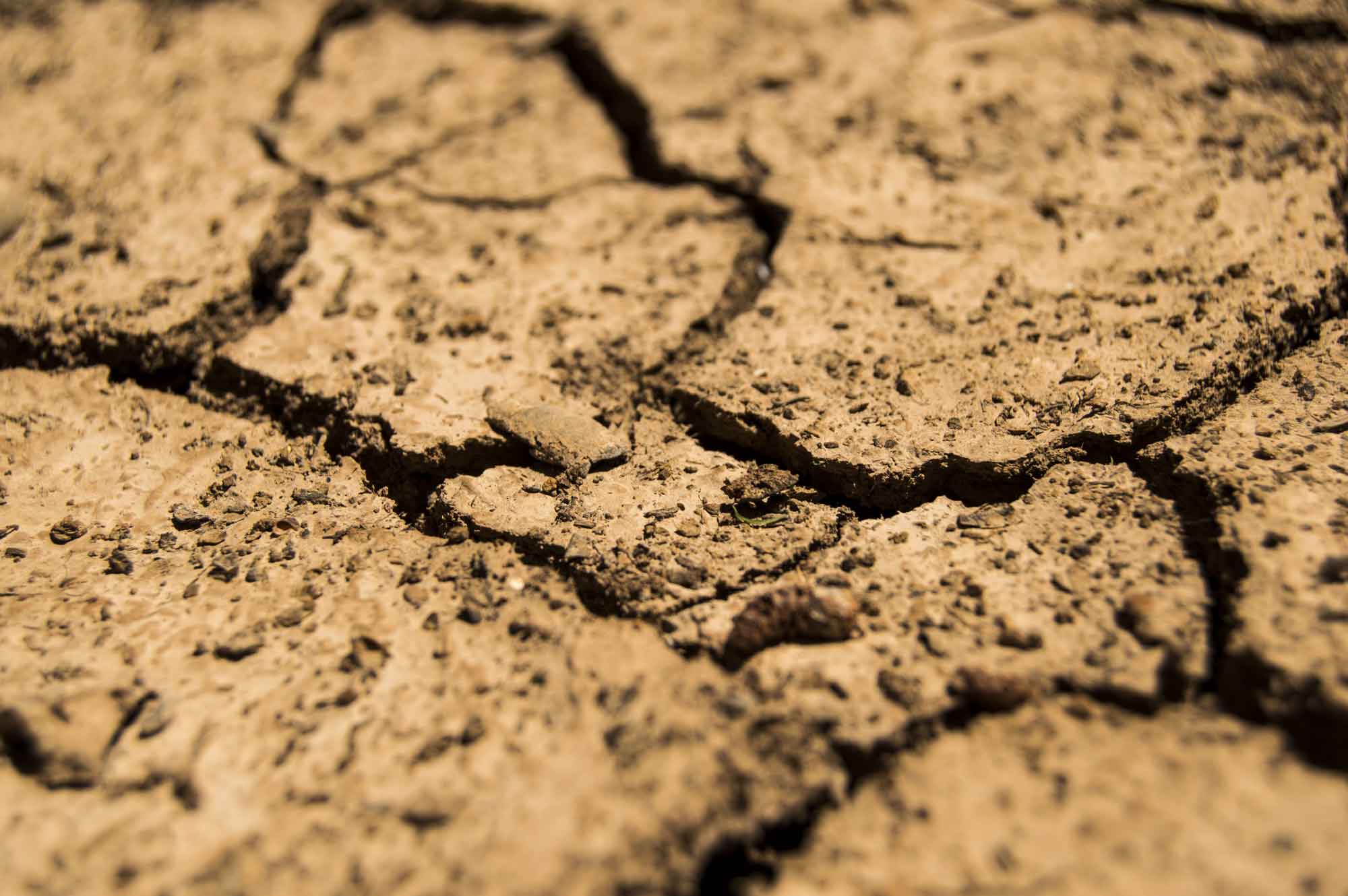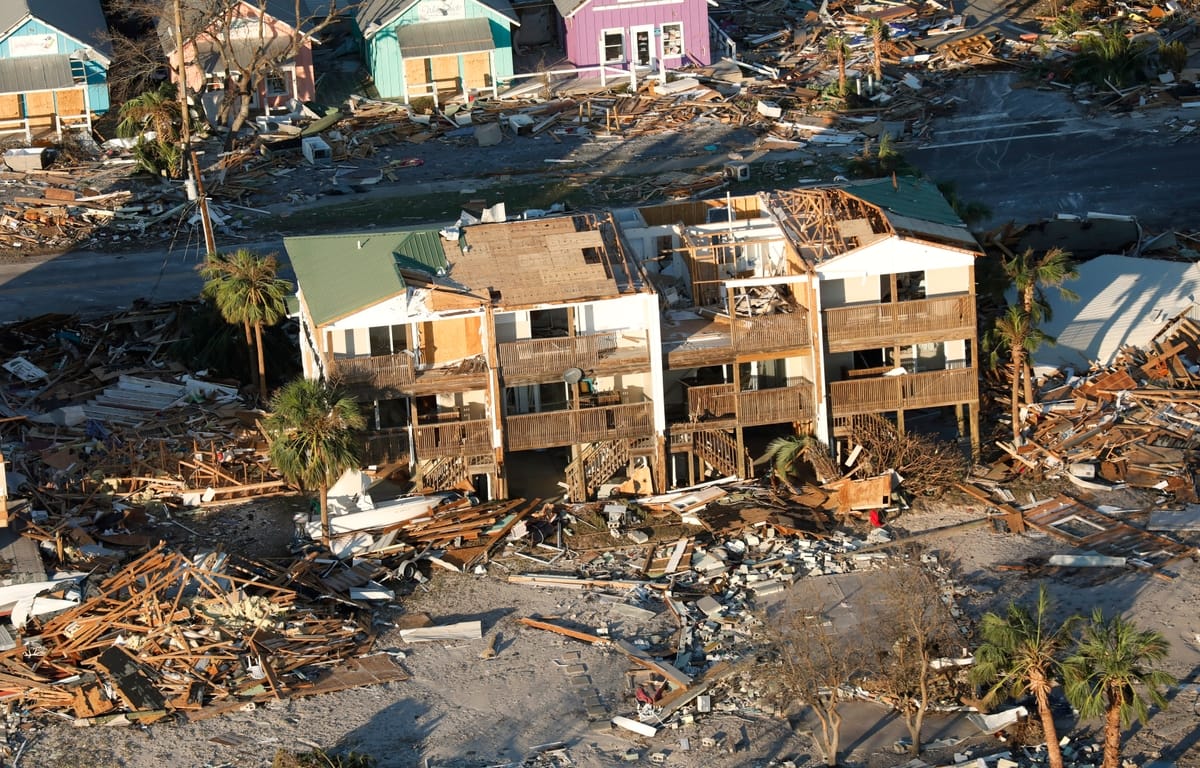
On July 29, 2025, the Kamchatka Earthquake and Tsunami 2025 shook the peaceful Russian peninsula with a powerful 8.3 magnitude quake, followed by giant tsunami waves. In just minutes, homes, schools, and lives were destroyed. Survivors recall the terrifying sounds and sudden flooding. This blog shares real stories from those who lived through the disaster and explains what caused it. You’ll also learn how rescue efforts unfolded and how the world is responding. Through facts and emotions, this post aims to inform, connect, and inspire support for the people of Kamchatka during this difficult time.
Introduction: What Happened in Kamchatka?
On August 1, 2025, the peaceful Kamchatka Peninsula in Russia was shaken by a powerful 8.3 magnitude earthquake, triggering a massive tsunami. Within minutes, the coastal towns were hit by waves as high as 10 meters. Hundreds of homes were destroyed, families displaced, and many are still missing.
This blog covers everything you need to know about the Kamchatka Earthquake and Tsunami 2025 — from the science behind the disaster to real-life testimonies of survivors and the worldwide response. Whether you live near the ocean or thousands of miles away, this event is a reminder of how quickly life can change.
What Caused the Kamchatka Earthquake and Tsunami 2025?
The Kamchatka Earthquake and Tsunami 2025 happened because of a sudden movement between two huge tectonic plates under the Earth’s surface — the Pacific Plate and the Okhotsk Plate. These plates are always moving, but sometimes they get stuck. When the pressure becomes too much, the plates suddenly slip. That’s exactly what happened here.
The earthquake’s center, or epicenter, was located under the sea, not far from the coast. Because of this, the ocean floor moved quickly, pushing a large amount of water upward and causing the tsunami.
Scientists say this was one of the strongest quakes ever recorded in the Kamchatka region. The shaking lasted nearly 90 seconds, enough to cause buildings to collapse and roads to crack. But it was the tsunami that brought even more destruction to the people living near the shore.
Did you know? Kamchatka sits on the “Ring of Fire,” an area around the Pacific Ocean known for many earthquakes and volcanic eruptions.
For more scientific details and real-time updates on global earthquake activity, you can visit the official USGS Earthquake Hazards Program.
How Bad Was the Damage? Real Testimonies from Survivors
The Kamchatka Earthquake and Tsunami 2025 left a path of destruction that words can barely describe. Entire coastal villages were washed away. Roads split in half. Power lines were down, and communication was cut off in many areas. Over 1,200 people are reported dead, and thousands more have been injured or displaced.
But the numbers don’t tell the full story. The real impact lies in the lives of the people affected.
Voices from the Ground:
“I was cooking lunch when the house started shaking like crazy. Then someone screamed ‘Tsunami!’ and we just ran. I looked back once, and our house was already under water.”
– Nina Petrova, 47, resident of Petropavlovsk
“The water came so fast… We barely made it to the hill. My little brother kept crying, asking where mom was. We haven’t found her yet.”
– Yuri, 13, survivor from Ust-Kamchatsk
“Our rescue team pulled six people from the debris, all alive. But we also found bodies. It’s heartbreaking.”
– Dmitri Sokolov, volunteer firefighter
These are just a few of the many stories that show the human side of this disaster. Behind every news report are real people—fathers, mothers, children—trying to rebuild their lives.
How the World Responded to Kamchatka’s Crisis
The scale of the Kamchatka Earthquake and Tsunami 2025 shocked the world—and help came pouring in from many countries.
Global Aid and Relief Efforts
As soon as the news broke, Russia declared a national emergency and deployed military helicopters and rescue teams to the hardest-hit areas. Roads were cleared to allow medical trucks through, and temporary shelters were quickly set up in schools and sports halls.
International support wasn’t far behind:
- India sent food packets, emergency tents, and a team of trauma specialists.
- Japan shared their advanced search-and-rescue equipment and water purification systems.
- The United Nations released $20 million in emergency relief funding.
- NGOs like Red Cross and Doctors Without Borders sent volunteers, medics, and essential supplies within 48 hours.
A Fast but Challenging Response
While the response was quick, reaching remote villages in Kamchatka’s rough terrain made relief work extremely difficult. Snowy weather and broken bridges slowed down rescue efforts.
Still, the global community worked together to bring help, showing that in moments of crisis, humanity comes first.
Can It Happen Again? Understanding Kamchatka’s Risk Zone
Many people are now asking: Can another Kamchatka Earthquake and Tsunami happen again? Sadly, the answer is yes.
Why Kamchatka Is a High-Risk Zone
The Kamchatka Peninsula lies along the Pacific Ring of Fire, a major earthquake and volcanic zone. This region constantly experiences tectonic movements, making it one of the most earthquake-prone areas in the world.
- The tectonic plates under the Pacific Ocean push against each other near Kamchatka.
- When stress builds up, it releases violently — causing major quakes and sometimes tsunamis.
- Kamchatka has over 300 volcanoes, with 29 considered active — adding another layer of danger.
What Makes Tsunamis More Likely?
The recent Kamchatka Earthquake and Tsunami 2025 showed how quickly a massive undersea quake can trigger a tsunami. Experts warn that:
- Shallow quakes under the ocean floor are the most dangerous.
- Waves can reach land within minutes, leaving very little time to warn or evacuate.
- The shape of the Kamchatka coastline can amplify the wave’s power.
Can Technology Help?
Russia and neighboring countries are now discussing the installation of better early warning systems — using satellite tech and ocean sensors. But even the best systems can only give a few minutes’ notice.
So, for people living in these zones, awareness and preparedness remain the best tools for survival.
What You Can Do: Disaster Preparedness and Support
The Kamchatka Earthquake and Tsunami 2025 is a strong reminder that natural disasters can happen anytime. While we can’t stop earthquakes or tsunamis, we can prepare, support, and stay informed.
Be Prepared, Not Scared
If you live in or travel to coastal areas like Kamchatka:
- Know your evacuation route – Make sure you and your family know where to go if a tsunami warning is issued.
- Create a go-bag – Include water, food, flashlight, medicine, and important documents.
- Practice earthquake drills – Especially in schools, offices, and apartment buildings.
- Listen to alerts – Pay attention to official tsunami warnings via phone apps or local emergency stations.
How You Can Help Survivors
Right now, survivors of the Kamchatka Earthquake and Tsunami 2025 need:
- Shelter and food
- Medical aid
- Mental health support
You can make a difference by:
- Donating to trusted organizations like the Red Cross, UNICEF, and local disaster response groups.
- Sharing survivor stories to raise awareness.
- Supporting long-term rebuilding efforts, not just emergency relief.
Every small effort counts when it comes to rebuilding lives.
If you enjoy discovering wild, scenic places, you may also like our blog on the Best National Parks in the USA You Probably Never Explored — they remind us of how peaceful nature can be, yet how fragile it truly is.
Final Thoughts
The Kamchatka Earthquake and Tsunami 2025 will be remembered for its devastating impact — but also for the strength of the people who faced it. By staying informed, spreading awareness, and helping where we can, we make sure these tragedies don’t go unnoticed or unsupported.


Leave a Reply